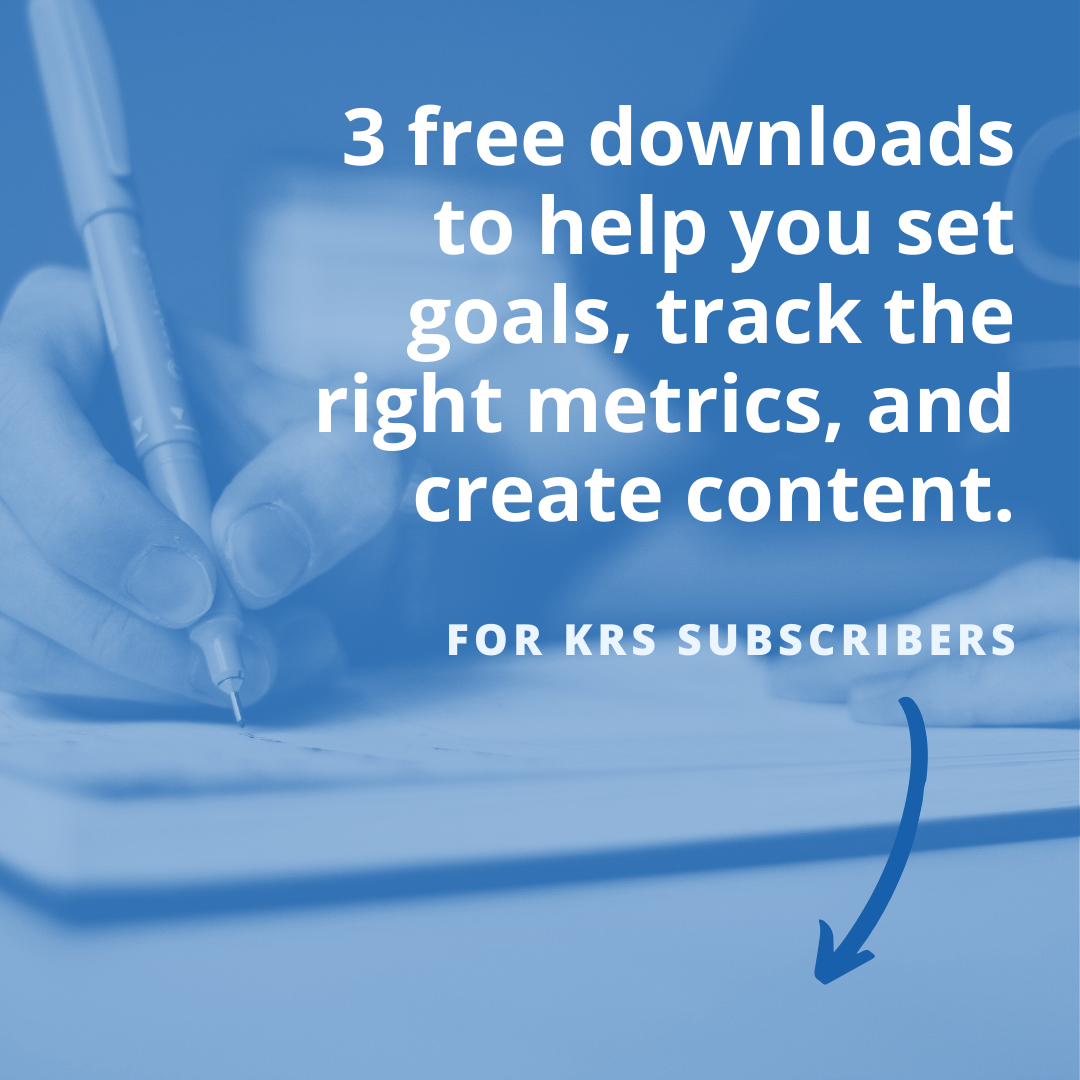Let’s talk about keywords. These are the words your target audience types into their favorite search engine (think Google), to look for more information on topics you can help them with. It’s the cornerstone of any SEO strategy.
Keywords and Key Phrases
Before we go any further, I think it is important to note that we’re not talking about single words here. For example, You’re not going to rank for the word “butter” even if you are a dairy farmer, and that’s what your customers are looking for. Instead, what you want to go after are longer key phrases that give you a good indication of what your audience is searching for.
For example, let’s say you are a small dairy farmer who sells fresh milk at the farmers market, and you’ve been hearing people say they are interested in figuring out how to make butter. A key phrase you may want to look at for a blog post or informative article could be “how to make butter at home with fresh milk” or something along those lines.
If I’m blogging about SEO and trying to find people interested in a training program or a short guide to help them find out what their customers and readers are looking for, I may use a phrase like “best way to find targeted keywords” or even “how to discover what people are searching for online.”
How To Find These Keywords
The next question is, of course, where you find those keywords. How can you find out what your target audience is typing into their favorite search engine?
It starts with a guess. I hope you know enough about your topic and niche of choice to come up with a list of several words and phrases that you think your readers may be using. From there, you have options. One of your best and free tools is Google. Start to enter one of your keywords and see what the autofill options are. Play with different terms and start making a list. Once you have that list, search each term, and scroll down to the bottom of the first search results page. You will see a list of related searches. Add those to your list of keywords and key phrases and choose the ones that make sense for you and the type of content you want to create.
Another option is to use a keyword tool. If you use Google AdWords, or have at least an AdWords account, you can use Google’s free tool, which gives you quite a bit of information on search volume. You can find other paid keyword tools as well.
What To Do With Keywords
Use your keywords and key phrases where it makes sense in the title and content of your blog posts, articles, and video descriptions. Don’t force it. Always write for your reader first, search engine second. If you can use your keyword or variations of your primary keyword in your title and content multiple times, then great, but don’t overdo it. It’s supposed to help your readers and the search engines see whar your content is about.
If you can use it in the title, then definitely use it, within your content, multiple times, or several variations of your primary keyword within the content depending on length. Don’t overdo it, but help both your readers and the search engines see what your content is about.
Sign up for the Keep it Real Social newsletter that is sent out every Sunday evening. Don’t miss out on great SEO advice on helping your business be found online.



